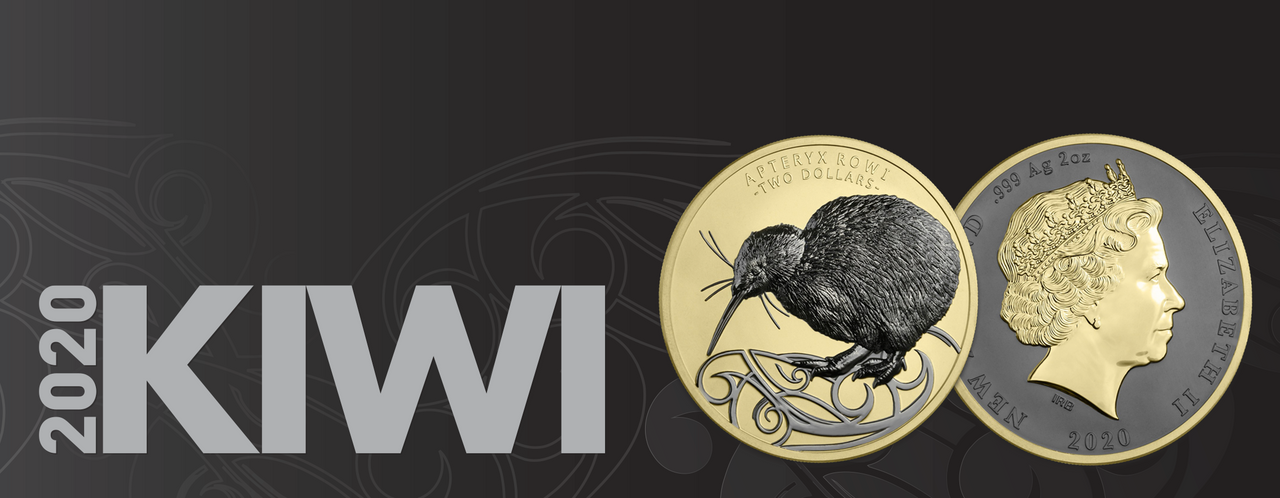Before human settlement of New Zealand, rowi were widespread throughout the northern South Island and into the southern North Island, as far north as Hawkes Bay. There is now only one natural population of about 600 rowi, which resides in Ōkārito forest and surrounds in the South Island.
Rowi have benefited greatly from Operation Nest Egg, a programme of raising chicks on predator-free islands. Now that the population has increased almost fourfold from 160 birds in 1995, new attempts are being made to reduce stoat numbers in the wild to levels that allow rowi chicks to survive in their normal family structure.
The rowi is a large brown kiwi with a long pale bill and short pale legs, toes and claws. Its light brown feathers are streaked with dark brown and black. Unlike some other kiwi species, male and female rowi take turns incubating their eggs. Rowi juveniles stay with their parents for four to five years, sharing their territory with younger siblings. This is different to their brown kiwi cousins in the North Island, where the chicks are completely independent from about two months of age.
Rowi can be heard calling at night to advertise territory and to maintain contact with family members. Pairs often duet, with the partner responding a few seconds after the other’s call. They are territorial and use their sharp claws to fight. The rowi’s diet consists mainly of small invertebrates like earthworms and larvae of beetles, cicadas and moths. They are also known to eat centipedes, spiders, and weta (New Zealand’s endemic giant flightless crickets).
